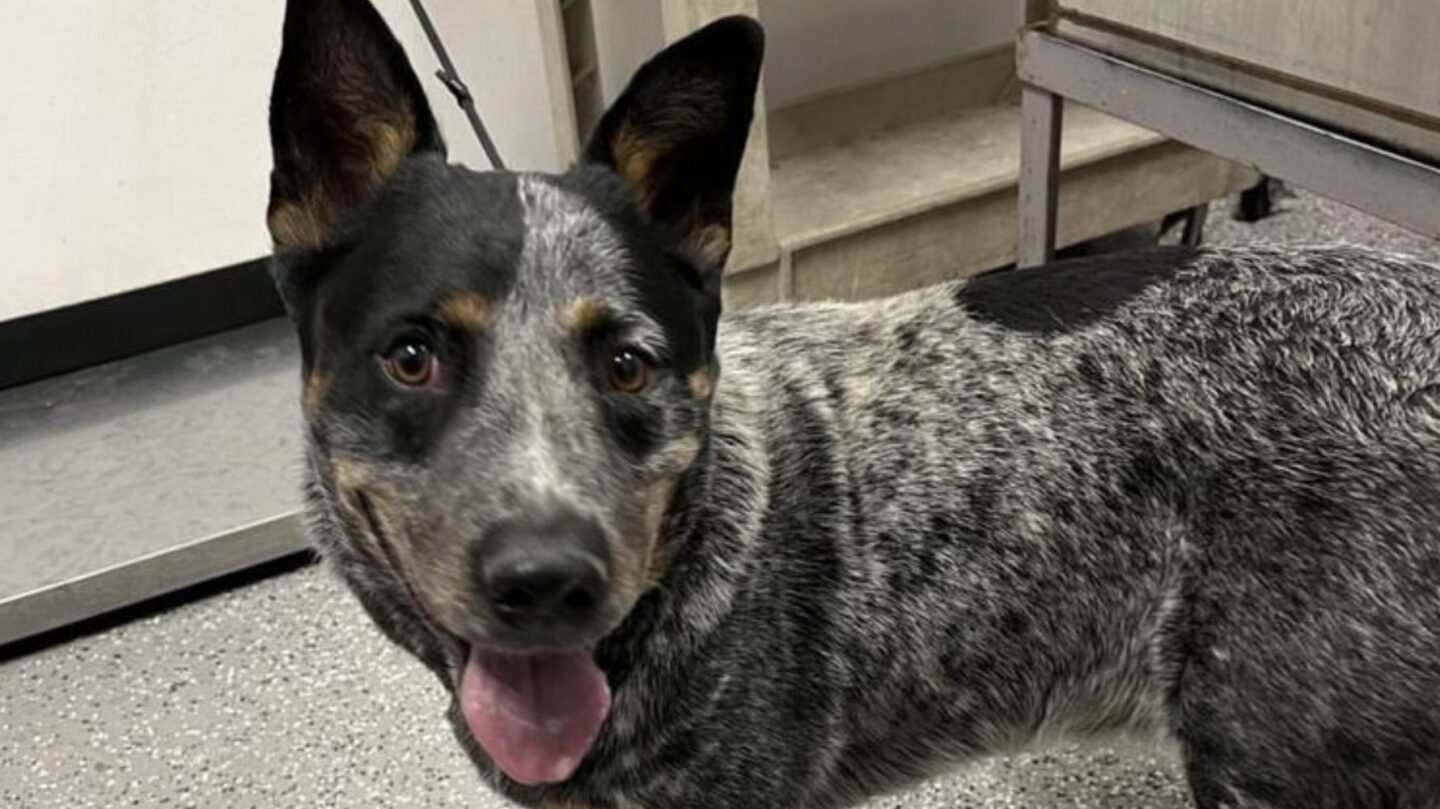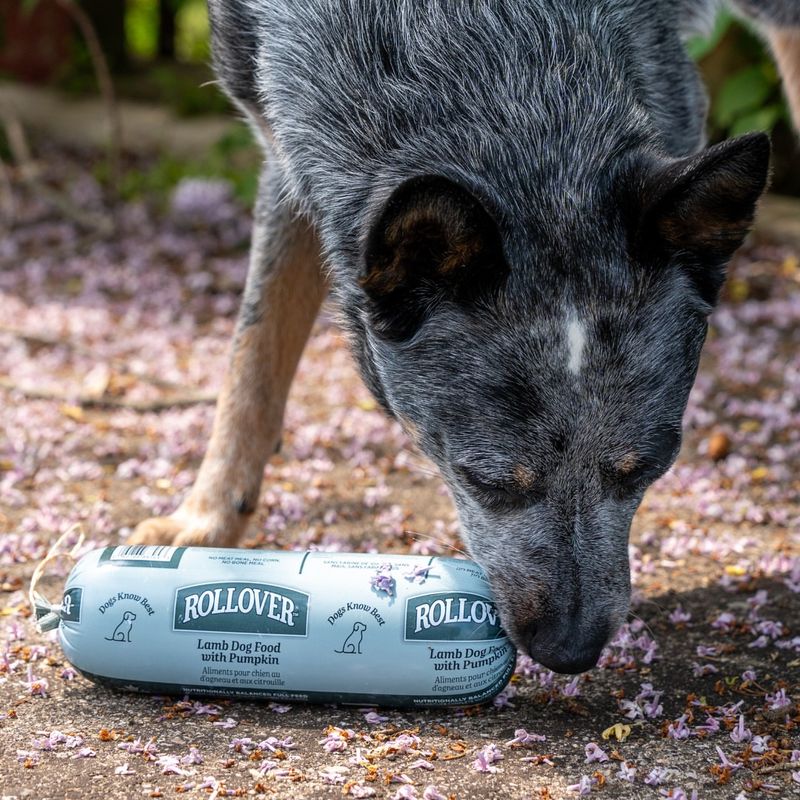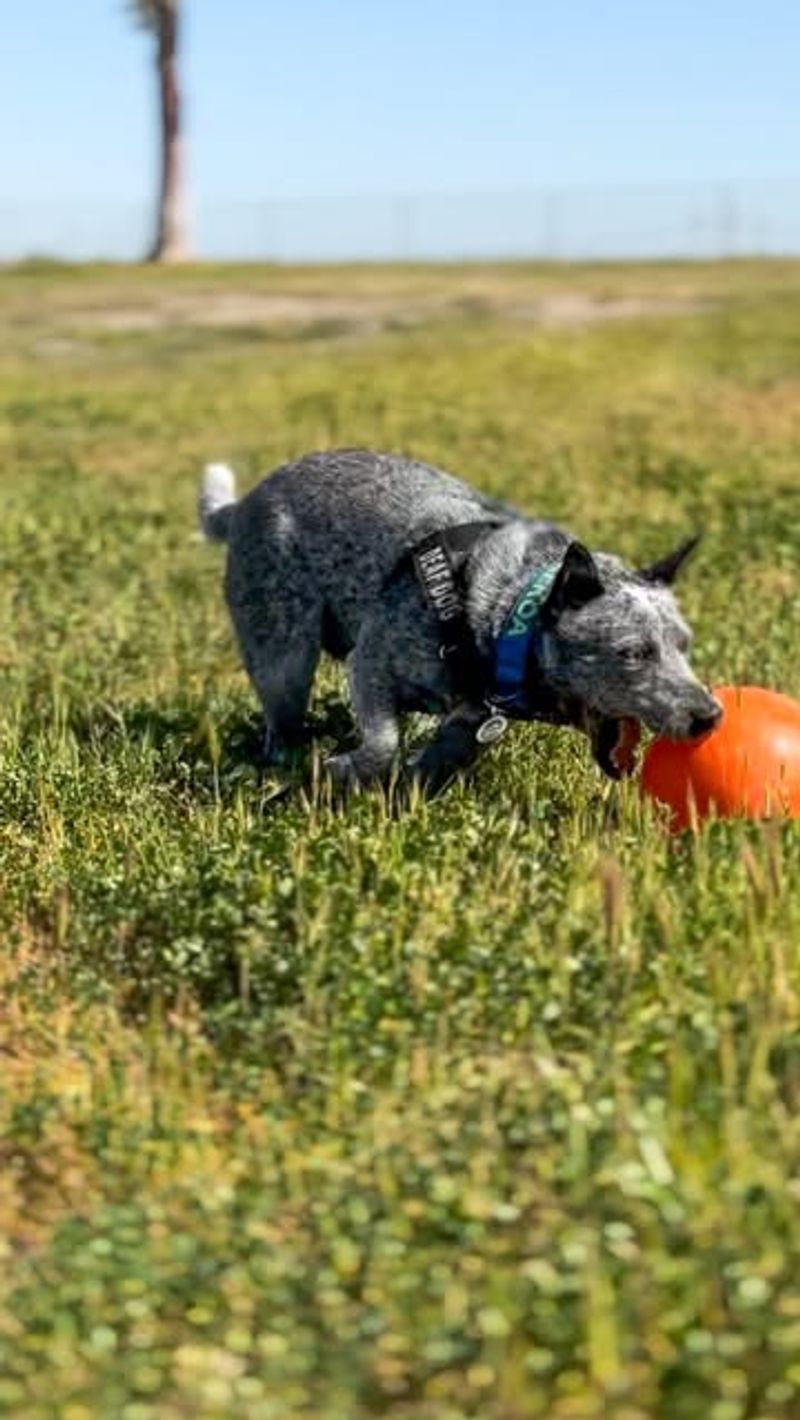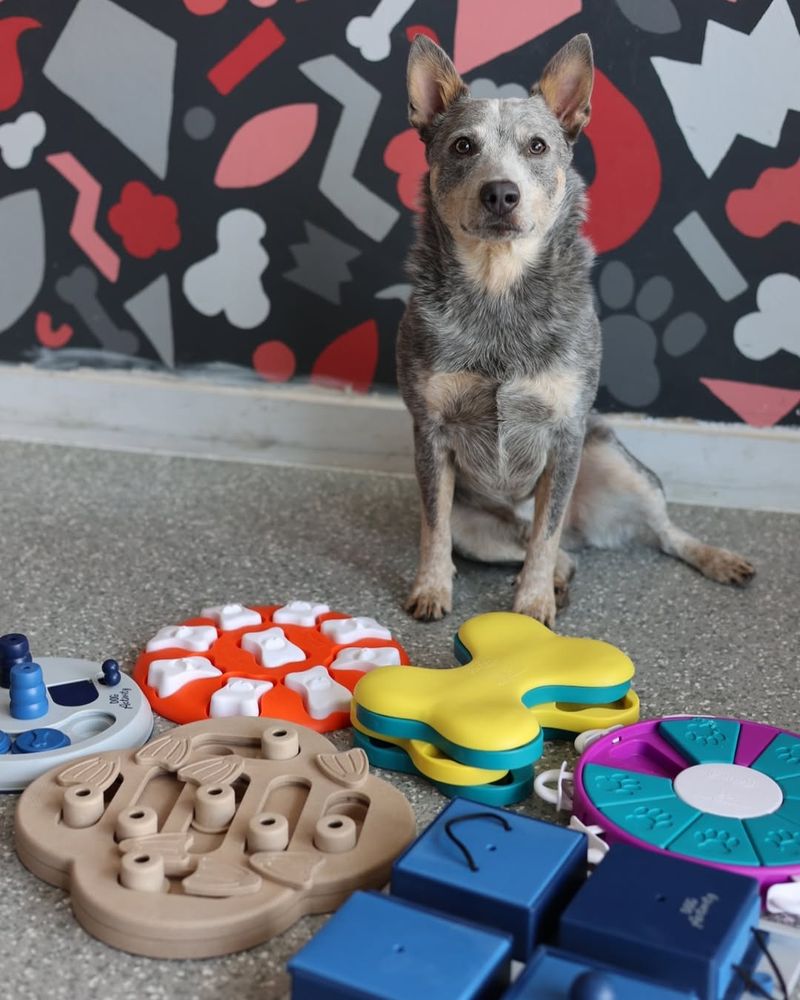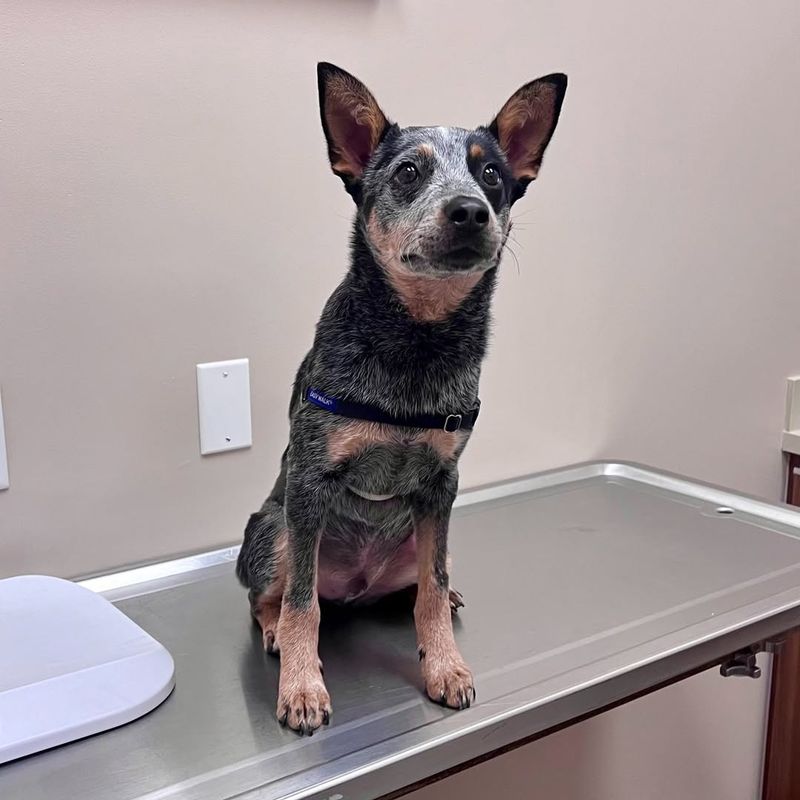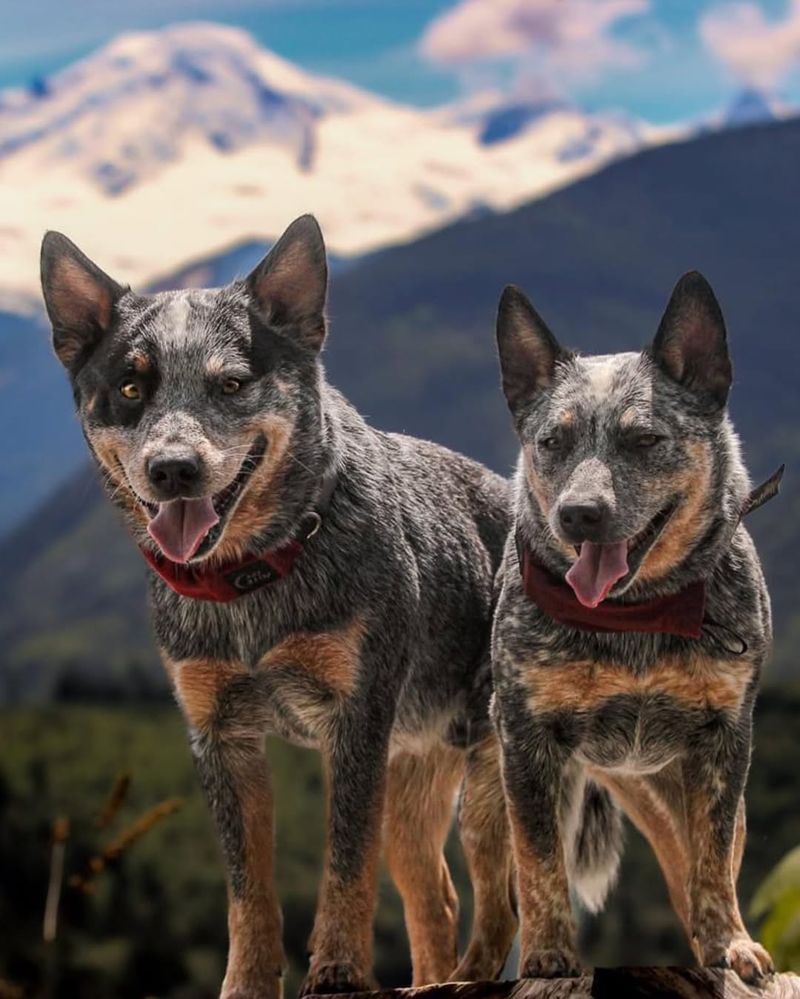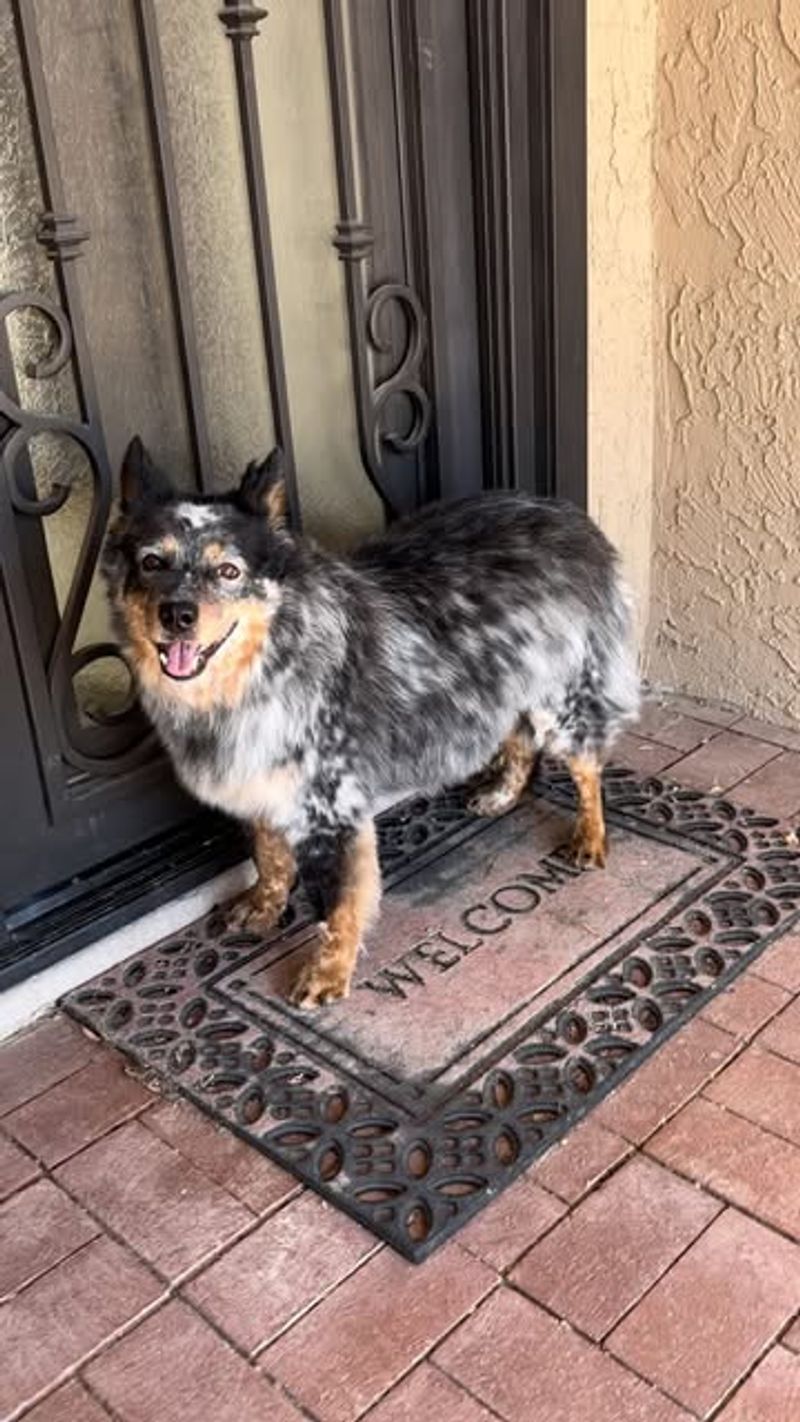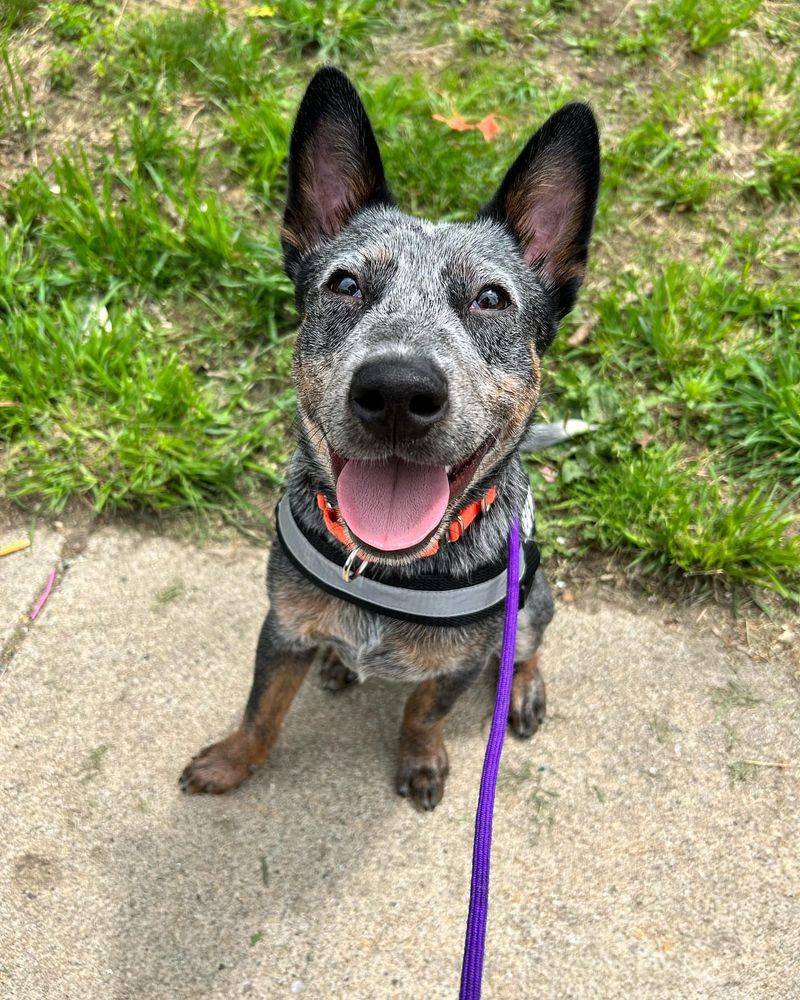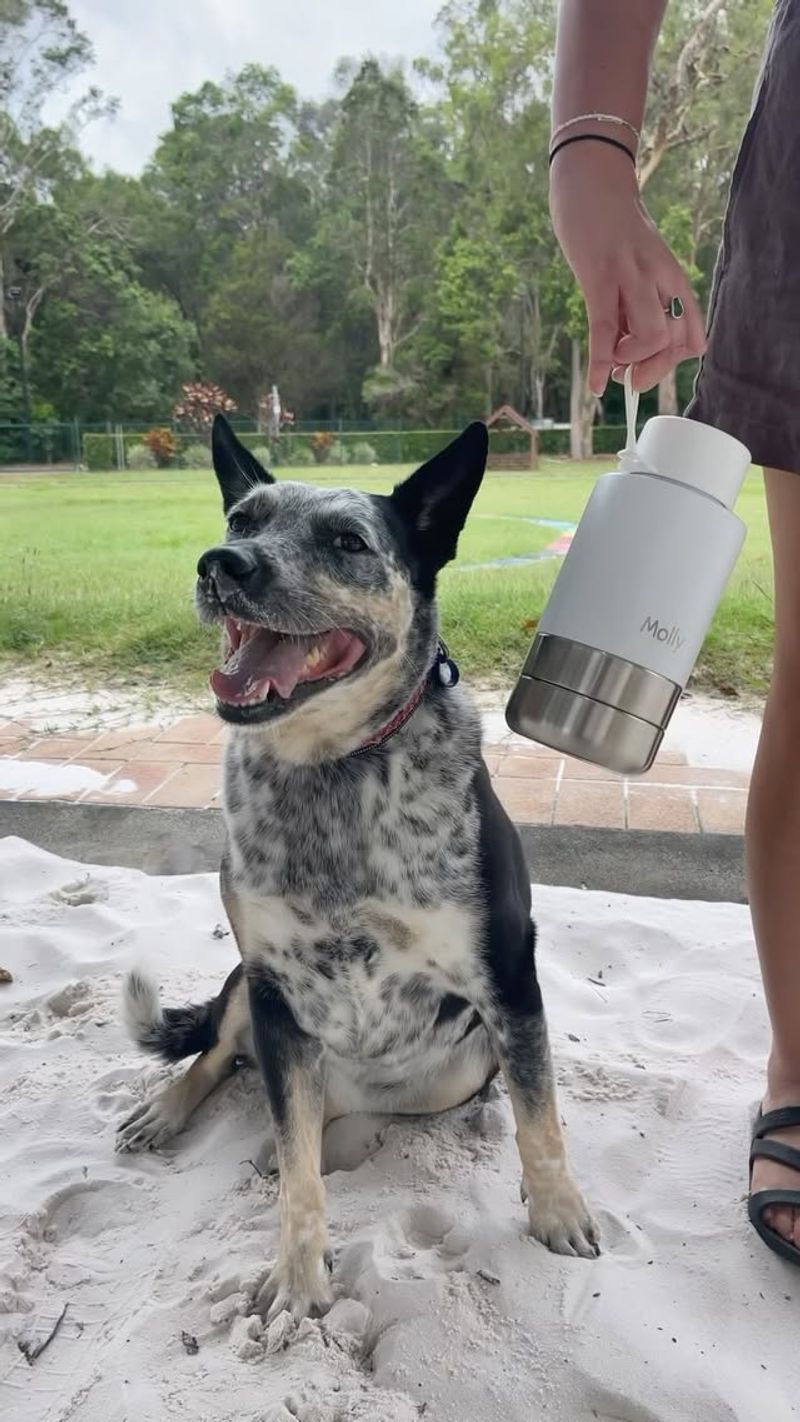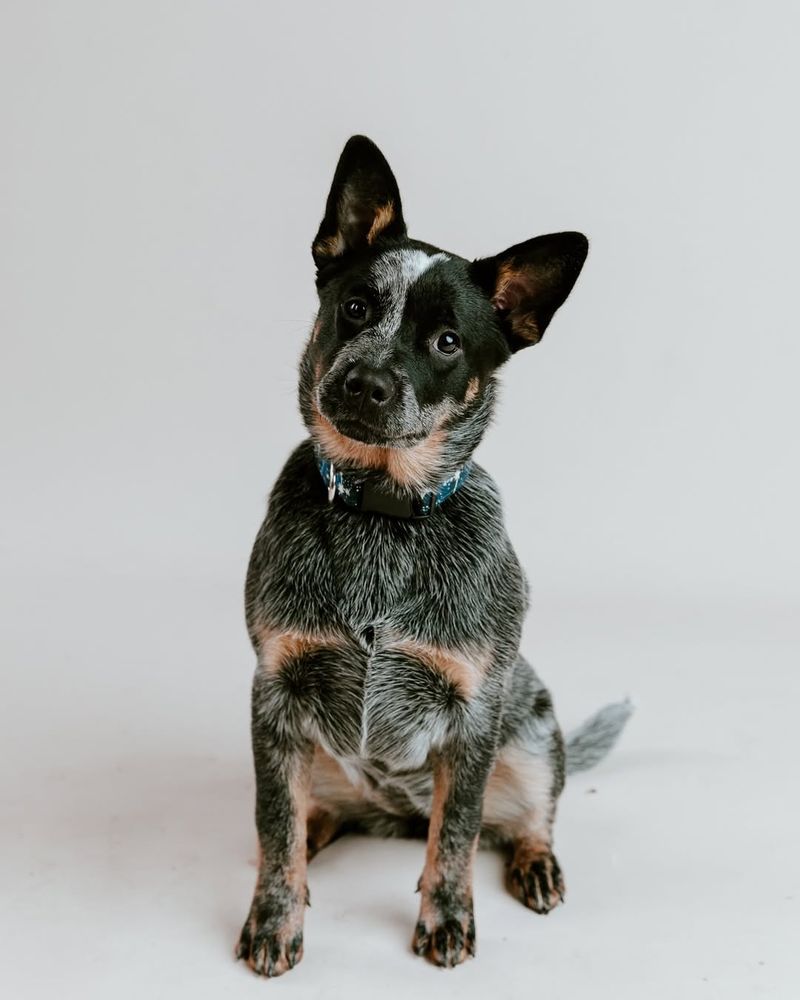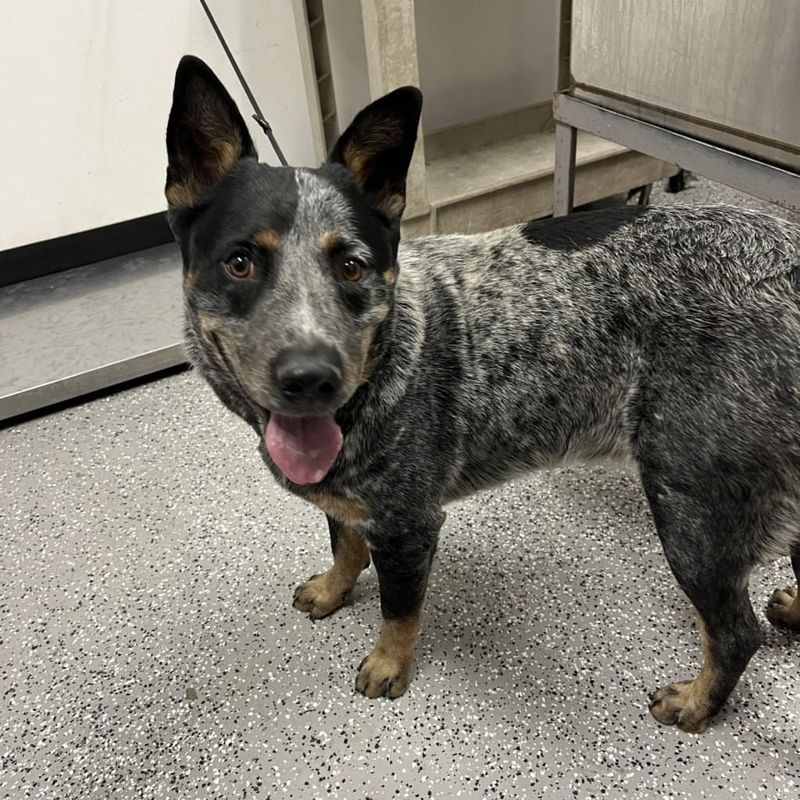Australian Cattle Dogs are intelligent, energetic, and devoted companions that thrive on activity and love. To ensure your furry friend stays healthy and happy, it’s essential to understand their unique needs and characteristics. Here’s a guide to help you provide the best care possible for your Australian Cattle Dog.
Proper Nutrition
Imagine your Australian Cattle Dog eagerly awaiting his meal time, tail wagging with anticipation. Providing proper nutrition is crucial for maintaining their energy and vitality. Choose high-quality dog food rich in proteins and essential nutrients.
Avoid fillers and artificial additives, as these can affect their health negatively. Regularly consult with your vet to ensure the diet meets their age and activity level requirements.
Remember, each dog is unique, so their diet should be tailored to their specific needs. A well-fed dog is a happy and energetic companion, ready for adventures.
Regular Exercise
Picture the joy on your dog’s face as it sprints across the field, chasing a frisbee. Regular exercise is not just a need but a joy for Australian Cattle Dogs.
These energetic dogs thrive on activities like running, hiking, and fetch. Exercise keeps them fit and prevents boredom-related behaviors.
Establish a routine that combines physical activity with mental stimulation. A tired dog is a happy dog, and regular exercise ensures they remain balanced and content. Keep the activities varied and engaging to maintain their enthusiasm.
Mental Stimulation
Envision your clever Australian Cattle Dog figuring out a challenging puzzle toy. Mental stimulation is key to their well-being.
Incorporate games and toys that challenge their intellect, such as puzzle feeders or interactive toys. This keeps their minds sharp and prevents boredom.
Training sessions that involve problem-solving can also be rewarding. Engaging their brain is just as important as physical activity. A mentally stimulated dog is less likely to develop behavioral problems and remains a delightful companion.
Regular Vet Check-ups
Consider your pet sitting calmly as the vet checks them over. Regular vet check-ups are vital for early detection of potential health issues.
Routine vaccinations and health screenings ensure your dog remains in optimal health. Don’t wait for symptoms to arise; proactive care is the key.
Your vet can provide valuable insights into your dog’s development and any specific needs they may have. Building a good relationship with your vet will ensure your dog receives the best care possible.
Socialization
Imagine your Australian Cattle Dog joyfully interacting with other dogs at the park. Socialization is crucial for a well-rounded canine.
Introduce them to diverse environments, animals, and people from a young age. This exposure helps them become confident and adaptable.
Positive social experiences can prevent fear-based behaviors and promote a friendly demeanor. Regular playdates and dog park visits contribute to their emotional health. A well-socialized dog is a joy to have around.
Grooming Routine
Picture your dog gleaming with health after a grooming session. Regular grooming keeps your Australian Cattle Dog looking and feeling their best.
Their short coats are easy to maintain, but regular brushing helps remove loose hair and distribute natural oils. Don’t forget to check their ears, trim their nails, and bathe them as needed.
A clean dog is not only more pleasant to be around but also healthier. Establish a grooming routine that includes all these elements.
Training and Discipline
Visualize your dog sitting obediently, eyes focused on you. Training and discipline are essential for this intelligent breed.
Start training early to establish good habits and a strong bond. Consistency and positive reinforcement are key to successful training.
Teach basic commands and gradually introduce more complex tasks. A well-trained dog is confident and secure, knowing their place in the family hierarchy. This not only enriches your relationship but ensures they remain a well-mannered member of your household.
Balanced Rest and Activity
Picture your dog peacefully snoozing after a day filled with activities. Balancing rest and activity is vital for their well-being.
Rest allows their bodies to recover and recharge, while activity keeps them healthy and alert. Provide a comfortable resting space where they can relax undisturbed.
Monitor their energy levels and adjust activities to match. A balance of rest and exercise ensures they remain happy and healthy. Remember, even the most active dogs need downtime.
Proper Hydration
Imagine your dog quenching its thirst after a playful romp in the sun. Proper hydration is vital for their health.
Always ensure they have access to fresh, clean water. Monitor their water intake, especially during hot weather or after vigorous activity.
Hydration supports various bodily functions and helps prevent health issues. A well-hydrated dog is energetic and ready for more fun. Make water readily available indoors and outdoors to keep them hydrated at all times.
Dental Care
Picture the sparkle of your dog’s clean teeth as they flash a happy grin. Dental care is crucial for their overall health.
Regular brushing prevents plaque buildup and dental disease, common issues in dogs. Use canine toothpaste and a brush suitable for their size.
Incorporate dental chews or toys that promote oral health. Regular dental check-ups with your vet can also catch problems early. Healthy teeth lead to fresh breath and a happier, healthier dog.
Safe Environment
Visualize your dog exploring a secure backyard, tail wagging with excitement. Providing a safe environment is essential for their safety and happiness.
Ensure your home and yard are free from hazards like toxic plants or small objects they might ingest. Secure fencing keeps them safe from external dangers.
Inside the home, remove choking hazards and ensure electrical cords are out of reach. A safe environment allows them to explore and play without risk.
Parasite Control
Imagine your dog’s relief as you protect them from pesky parasites. Effective parasite control is crucial for their health.
Regular treatments prevent infestations of fleas, ticks, and worms. These parasites can cause discomfort and transmit diseases.
Consult your vet to choose the right preventive measures for your area. Keep your dog happy and healthy by staying ahead of these threats. Prevention is always better than cure.
Weight Management
Picture your dog on the scale, tail wagging as you reward them with a treat. Weight management is key to their longevity and health.
Regularly monitor their weight and adjust their diet as needed. Obesity can lead to serious health issues, so maintain a healthy weight through balanced nutrition and exercise.
Consult your vet for guidance tailored to your dog’s specific needs. A healthy weight ensures they lead a long, energetic life. Keep them active and watch those extra pounds.
Emotional Well-being
Picture the warmth of your dog snuggled beside you, eyes closed in contentment. Emotional well-being is as important as physical health.
Provide love, attention, and companionship to nurture their emotional health. Recognize signs of stress or anxiety and address them promptly.
A stable environment and positive interactions enhance their happiness. Remember, a happy dog contributes to a happy home. Make time for bonding activities that strengthen your connection.
Spaying or Neutering
Imagine the peace of mind knowing your pet’s health is safeguarded through spaying or neutering.
These procedures prevent unwanted litters and reduce the risk of certain health issues, such as cancers and infections.
Consult your vet to determine the best timing for the procedure. This decision benefits not only your dog but also the wider pet community by reducing overpopulation. A responsible choice leads to a healthier pet.
